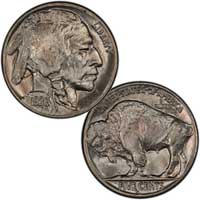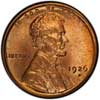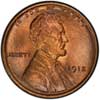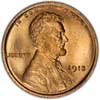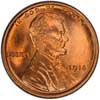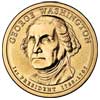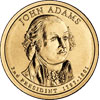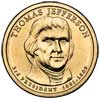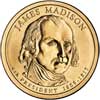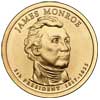This date has long been cited as the most difficult to find fully struck, probably due to an early citation in R. S. Yeoman’s A Guide Book of United States Coins. While most 1926-D nickels are indeed found with extremely worn dies, particularly on the reverse, the problem is no worse than for 1919-D, 1919-S, 1920-S, 1925-D and 1925-S.
Many mint state coins lack a three-dimensional horn, this being either quite flat or lacking altogether. The luster for this date is average or below average for the series. Most are frosty, but with subdued brilliance.
Varieties:Some examples are known with their reverses rotated from the normal 180-degree alignment with the obverse. Technically, it is the obverse die that was out of alignment, being in the lower or anvil position. Had the reverse die, which was in the upper or hammer position for Buffalo Nickels, been loose, it may conceivably have fallen from the press. Rotated dies are actually mint errors rather varieties, since there is nothing wrong with the actual dies. This phenomenon occurs with a few other dates in the Buffalo series, but there doesn’t seem to be much premium attached to this form of error.
Mintage:
| Philadelphia | Denver | San Francisco |
| 44,693,000 | 5,638,000 | 970,000 |

